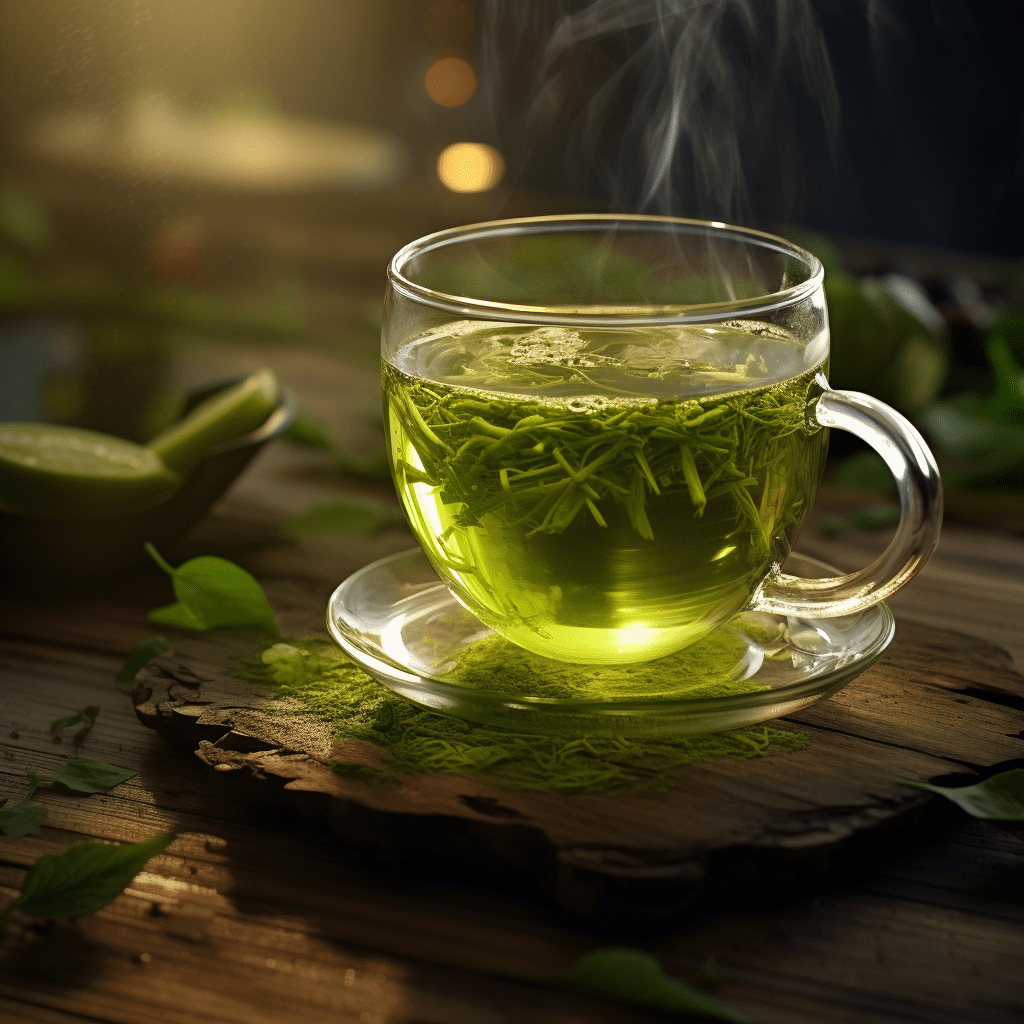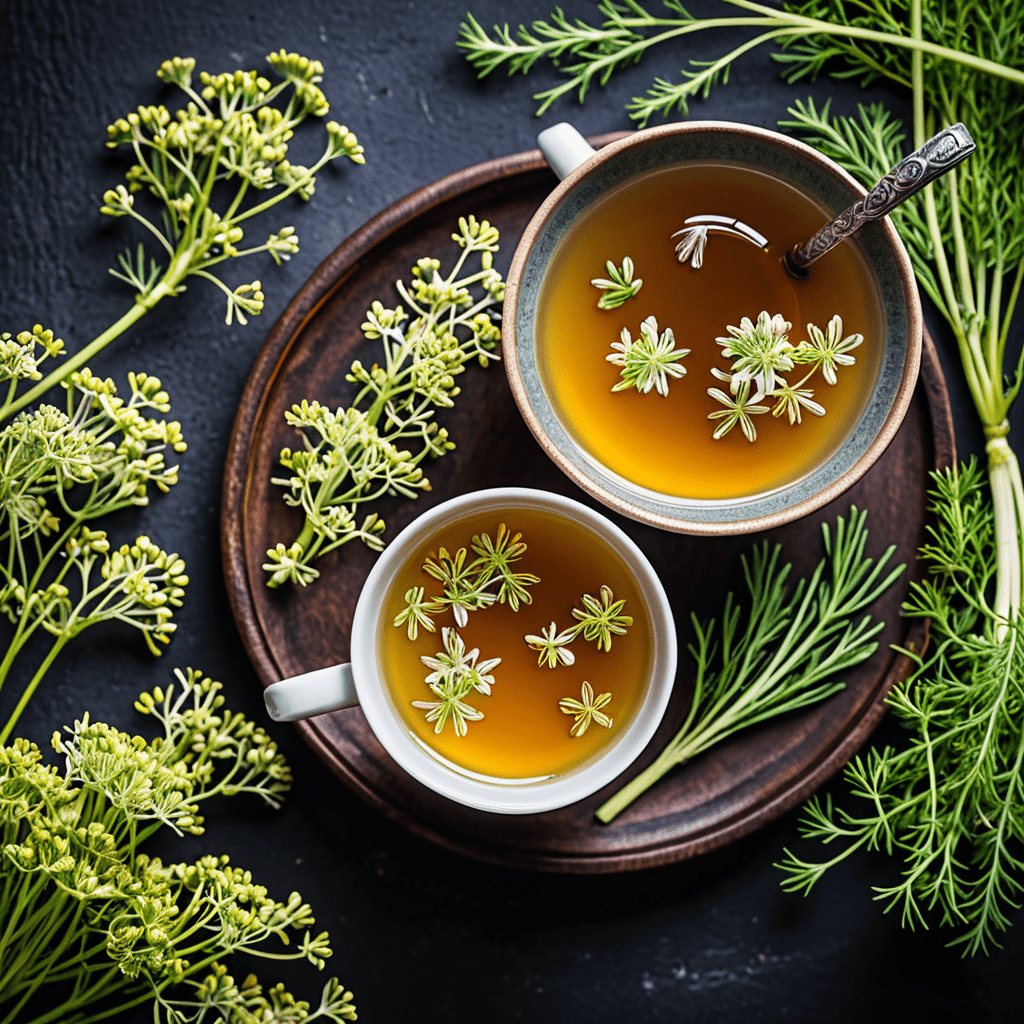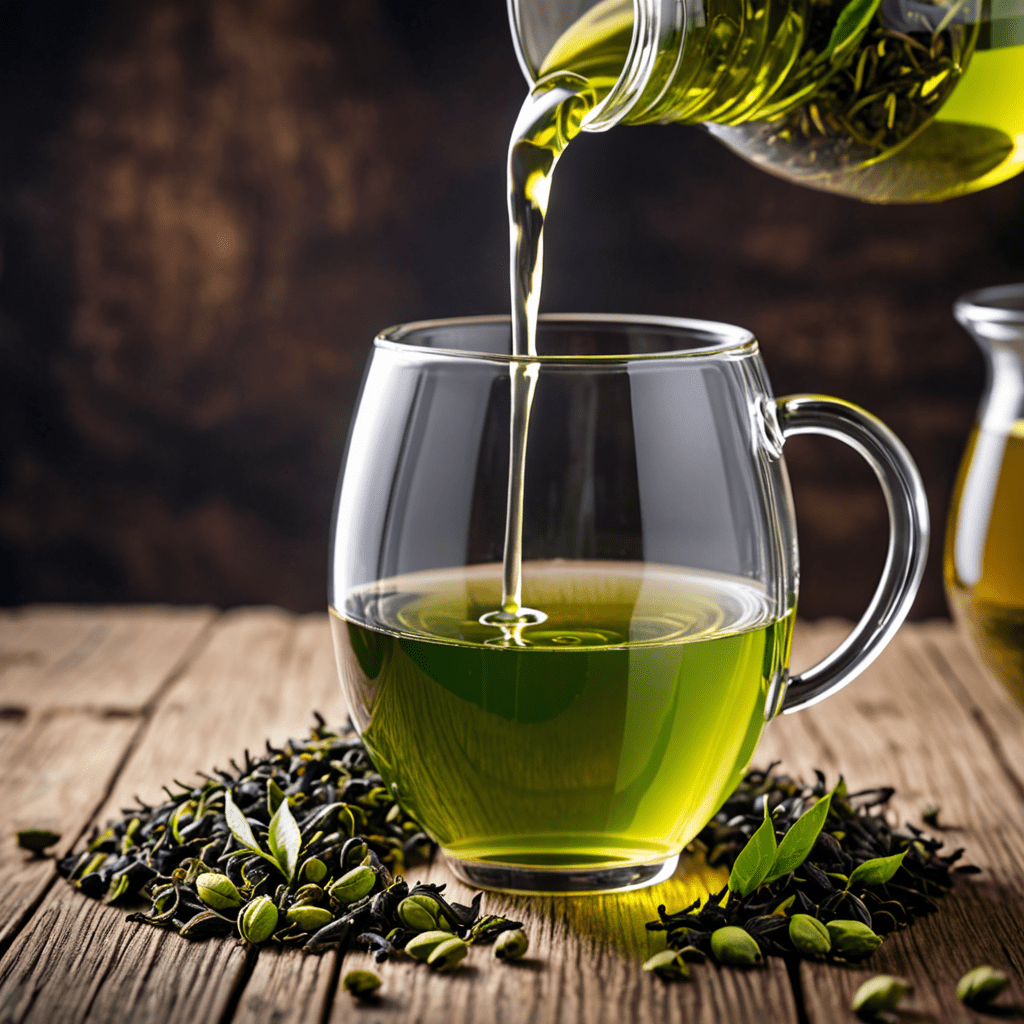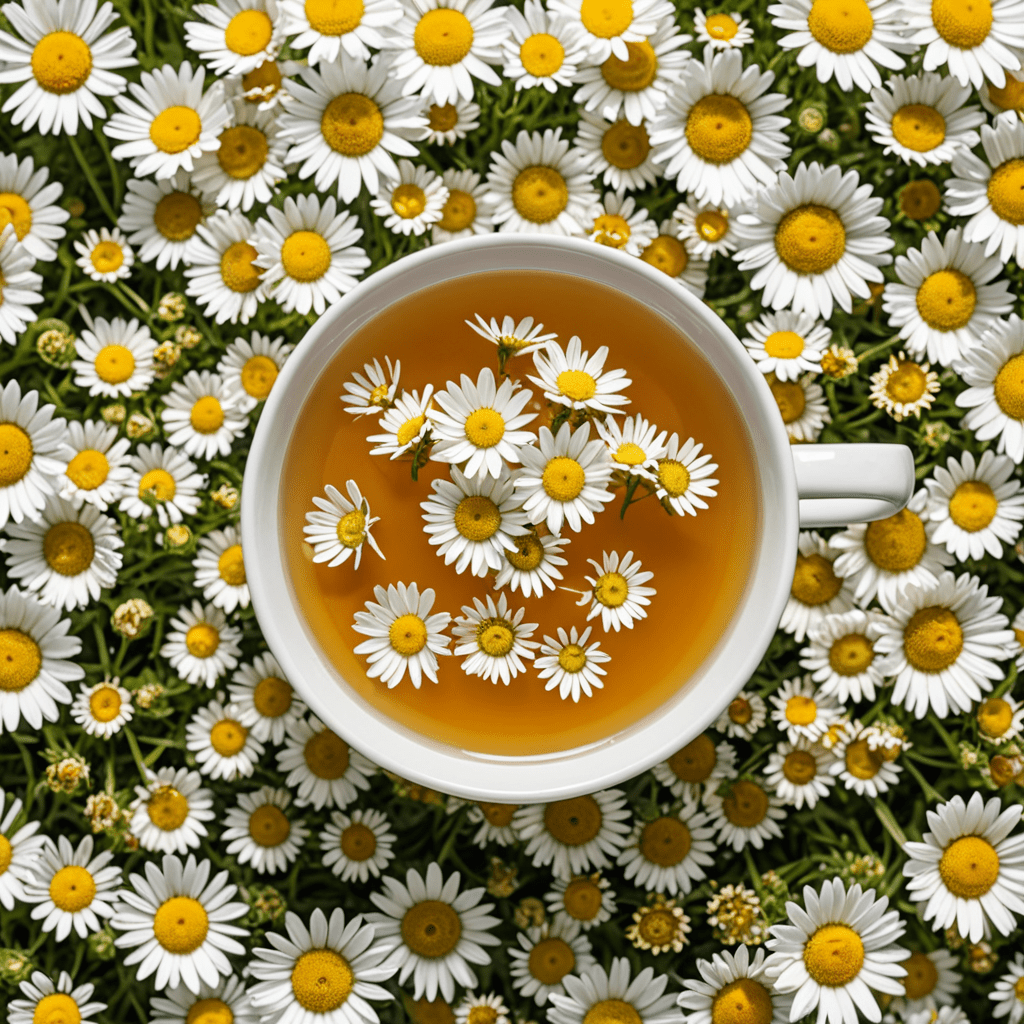How to Make Green Tea Taste Good
Green tea is known for its health benefits and high antioxidant content, but some people find its taste to be too bitter or grassy. However, with a few simple tips and tricks, you can easily make green tea taste delicious. In this article, we will explore different ways to enhance the flavor of green tea and make it more enjoyable to drink.
1. Choose High-Quality Green Tea
The quality of green tea plays a significant role in its taste. Opt for loose-leaf green tea instead of tea bags, as loose-leaf tea tends to have a fresher flavor. Look for reputable brands that source their tea from high-quality tea leaves. Consider trying different varieties of green tea, such as sencha, matcha, or gunpowder, to find the one that suits your taste buds the best.
2. Use the Right Water Temperature
One common mistake when brewing green tea is using boiling water. Green tea leaves are delicate and can become bitter if steeped in water that is too hot. To prevent this, heat the water to around 175°F (80°C) or let it cool down for a few minutes after boiling. This lower temperature will allow the tea to steep properly without releasing too many bitter compounds.
3. Mind the Steeping Time
The length of time you steep green tea can greatly affect its taste. If steeped for too long, green tea can become bitter and astringent. Generally, steeping green tea for 1-3 minutes is sufficient, although some tea varieties may require slightly longer or shorter steeping times. Experiment with different steeping times to find the balance that suits your palate.
4. Add Natural Sweeteners or Flavorings
If you find the taste of green tea too bitter, you can add natural sweeteners or flavorings to enhance its taste. Consider adding a teaspoon of honey, maple syrup, or stevia to your cup of green tea. Alternatively, you can infuse your tea with slices of lemon, orange, or a splash of fruit juice for a refreshing twist. These additions not only enhance the flavor but also provide additional health benefits.
5. Experiment with Cold-Brewing
While hot brewing is the most common method for making green tea, cold-brewing can offer a different taste profile. Cold-brewing involves steeping tea leaves in cold or room temperature water for a longer period, usually overnight. This method produces a smoother and less bitter taste. Simply place the tea leaves in a glass or pitcher, fill it with water, and let it steep in the refrigerator overnight. Strain the leaves the next day, and your cold-brewed green tea is ready to enjoy.
6. Try Different Green Tea Recipes
Green tea can be incredibly versatile and can be used in various recipes to add flavor and complexity. You can make green tea lattes by mixing brewed green tea with steamed milk and a sweetener of your choice. Another popular option is to use green tea as a base for smoothies or iced tea by blending it with fruits, yogurt, or ice. Exploring different recipes can provide you with a range of delicious options to enjoy your green tea.
FAQ
Q: Can I add milk to green tea?
A: While it is not common to add milk to green tea, it is a matter of personal preference. Some people enjoy the combination of milk and green tea, creating a creamy and slightly milder flavor. However, adding milk to green tea may lessen the antioxidant benefits, so it is recommended to consume green tea without any additions to fully experience its health benefits.
Q: Does the steeping time vary for different types of green tea?
A: Yes, the steeping time can vary depending on the type of green tea you are using. More delicate teas, such as sencha or gyokuro, may require a shorter steeping time of around 1-2 minutes. Bolder teas like matcha or hojicha can be steeped for slightly longer, around 2-3 minutes. It’s always a good idea to read the packaging instructions or consult with tea experts to determine the optimal steeping time for the specific green tea variety you have.
Q: Can I reuse green tea leaves?
A: Reusing green tea leaves is possible, especially with high-quality loose-leaf tea. You can steep the leaves multiple times, adjusting the steeping time with each subsequent infusion to avoid bitterness. However, keep in mind that the flavors and antioxidants may diminish with each steep, so the subsequent cups may taste mellower compared to the first infusion.
Q: Can I sweeten green tea with artificial sweeteners?
A: While artificial sweeteners can be used to sweeten green tea, they may not provide the same depth of flavor as natural sweeteners. Additionally, some artificial sweeteners can leave a slightly bitter aftertaste. If you prefer a calorie-free option, consider using a natural, calorie-free sweetener like stevia, which is derived from a plant.
Q: Does the quality of water affect the taste of green tea?
A: Yes, the quality of water can impact the taste of green tea. Water with a high mineral content, such as hard tap water, can alter the flavor of the tea and may leave a metallic or bitter taste. Using filtered or spring water can help ensure a cleaner taste and prevent any unwanted flavors from affecting your green tea.



